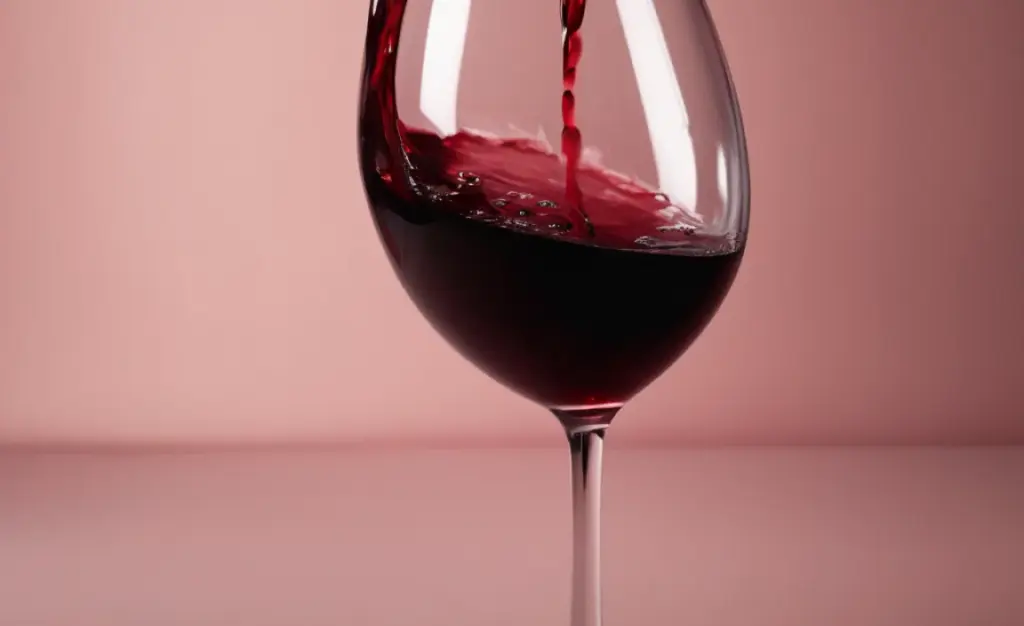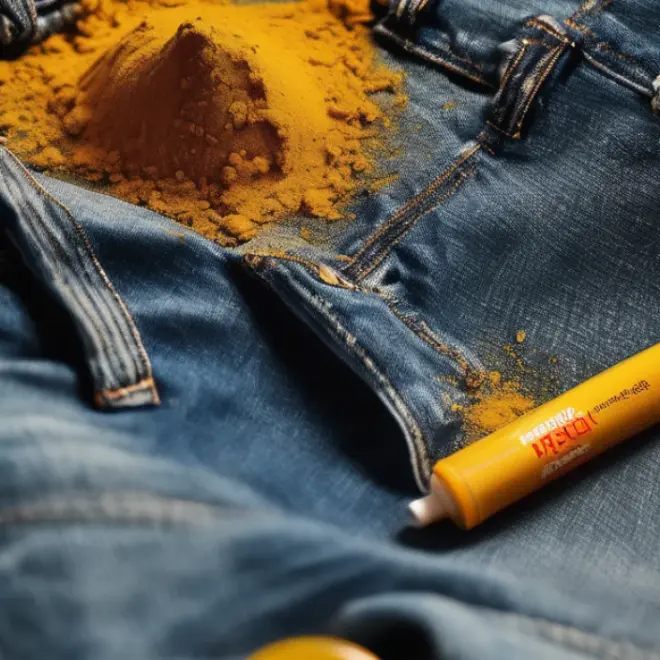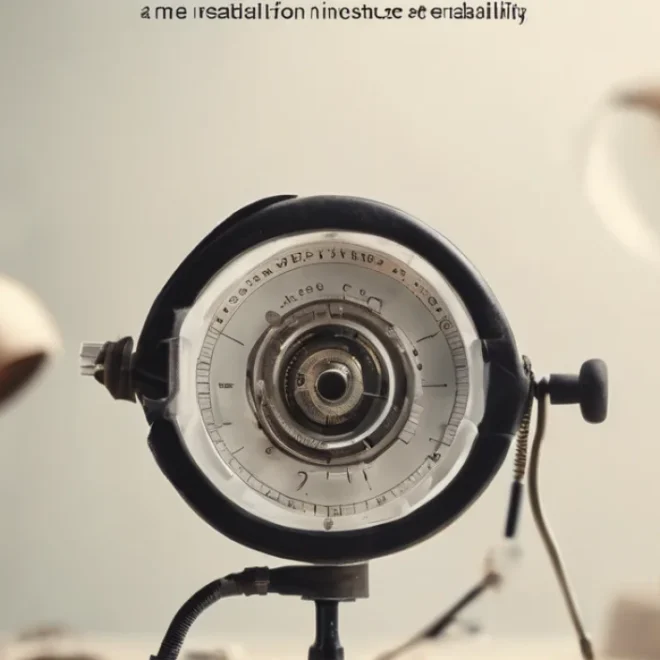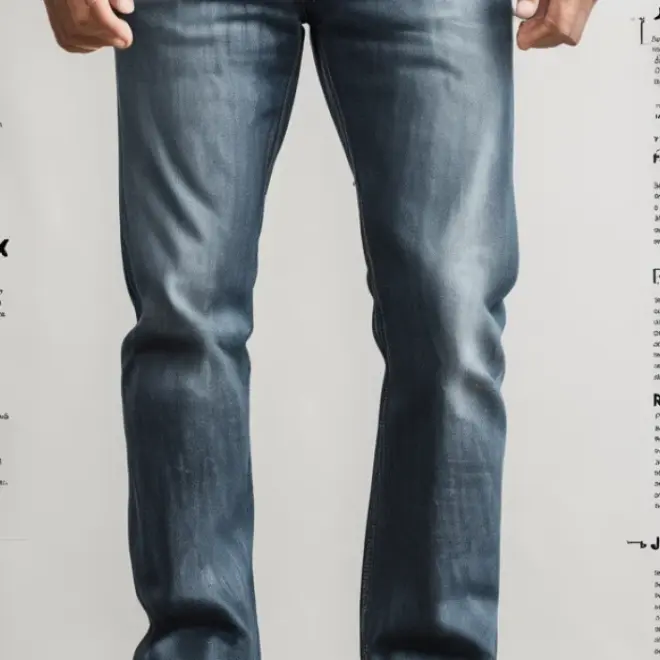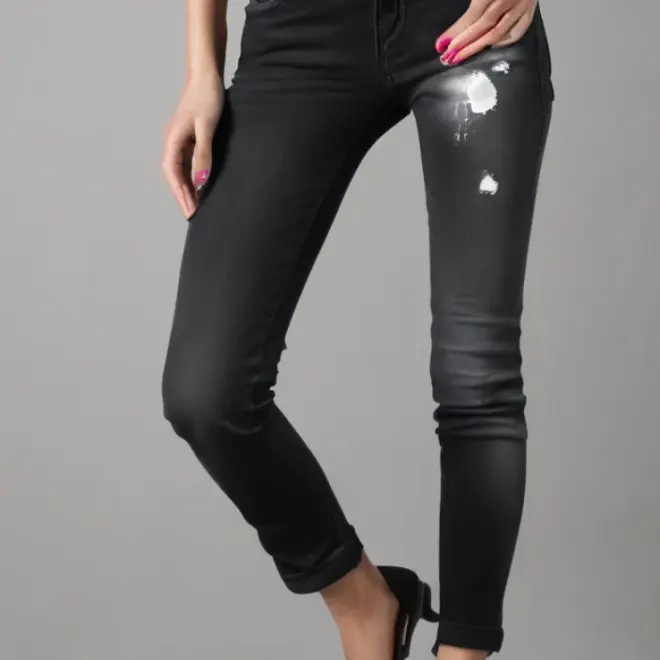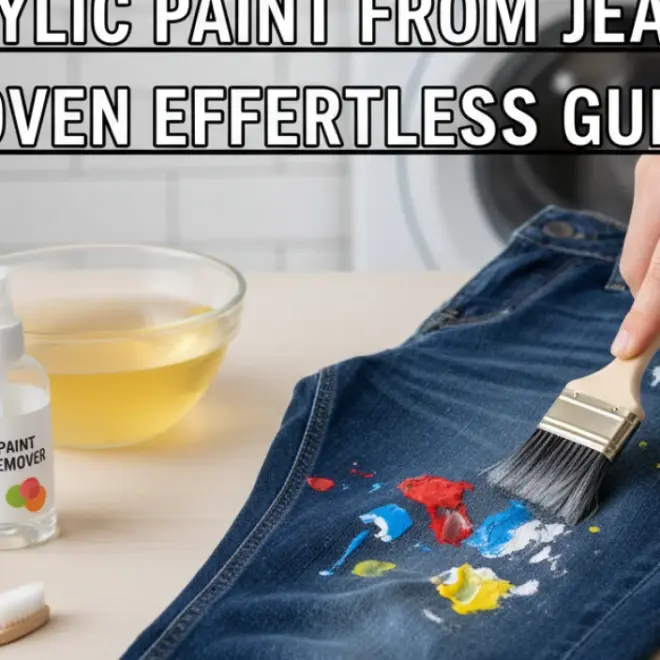Quick Summary: Removing red wine stains is achievable with prompt action and common household items. Act fast by blotting, then use salt, baking soda, or a specialized stain remover. Follow up with washing for best results.
Spilling red wine can feel like a disaster unfolding on your favorite clothes or carpet. The vibrant color seems to instantly set, leading many to believe the stain is permanent. But don’t panic! With a few simple steps and readily available household items, you can effectively tackle red wine stains and restore your items to their former glory. This guide will walk you through the most effective methods, ensuring you can confidently deal with those unexpected spills.
We’ll explore how to act fast, leverage the power of common ingredients, and give your fabric the best chance of a full recovery. Get ready to learn some stain-fighting secrets that will save your favorite pieces from the dreaded red wine mark. Let’s dive in and conquer those stains together!
The Science Behind Red Wine Stains
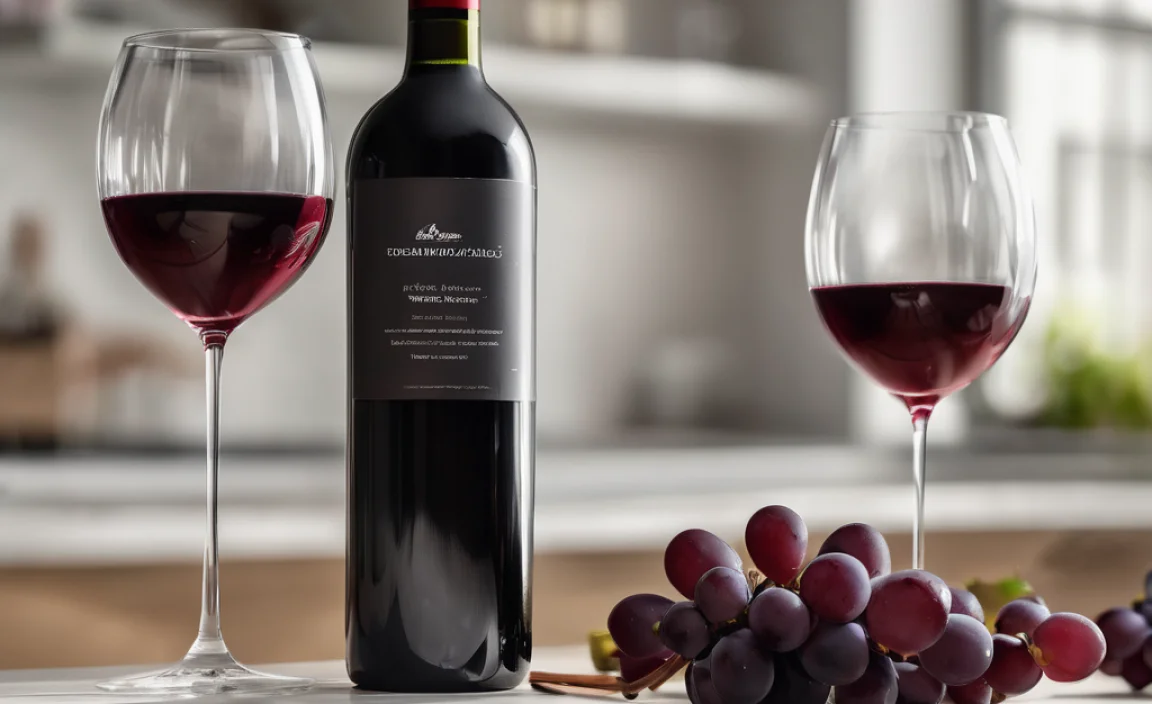
Understanding why red wine stains are so stubborn can help us fight them more effectively. Red wine owes its color to pigments called anthocyanins, which are natural dyes found in grape skins. These pigments are potent and can easily bind to the fibers of fabric, carpets, and porous surfaces. When mixed with the natural tannins and acids in wine, they create a powerful combination that can quickly penetrate and discolor materials.
The longer a red wine stain sits, the more it has a chance to bond with the material’s fibers. This is why immediate action is crucial. Think of it like this: you’re trying to lift the dye before it has a chance to permanently “dye” the material. Certain fabrics are also more susceptible than others. Natural fibers like cotton and linen tend to absorb stains more readily than synthetic materials.
Immediate Action: The First Crucial Steps

When red wine hits your fabric, time is your greatest ally. The faster you respond, the higher your chances of complete removal. Resist the urge to rub the stain, as this can spread it and push it deeper into the fibers.
1. Blot, Don’t Rub
Grab a clean, dry cloth, paper towel, or sponge. Gently blot the spill from the outside of the stain inward. This helps to absorb as much excess wine as possible without spreading the stain further. Keep changing to a clean section of the cloth or a new paper towel as it becomes saturated.
2. Apply an Absorbent Agent
Once you’ve blotted up the excess, it’s time to draw out the remaining liquid. This is where common household items come into play. The goal is to use something that will soak up the wine before it can fully set.
The most common and effective agents include:
- Salt: This is a classic for a reason. Table salt is highly absorbent and readily available. It will help draw the liquid out of the fabric.
- Baking Soda: Similar to salt, baking soda has excellent absorbent properties and can also help neutralize odors.
- Cornstarch or Talcum Powder: These fine powders act like miniature sponges, effectively soaking up the liquid from the stain.
Generously cover the entire stained area with your chosen absorbent. Let it sit for at least 15-30 minutes, or even longer if possible. You’ll notice the salt or powder starting to clump or change color as it absorbs the wine.
3. Gently Scrape or Brush Away Residue
After the absorbent has done its work, gently scrape or brush away the salt, baking soda, or powder. A dull knife, spoon edge, or a soft brush can be used for this. You should see that a significant amount of the wine has been lifted.
Effective Red Wine Stain Removal Methods

After the initial blotting and absorbent treatment, it’s time to tackle any remaining stain. Various methods use common household items, tailored to different situations and fabric types.
Method 1: The Salt and Cold Water Method (Best for Fresh Spills)
This is often the go-to for immediate action on upholstery or when you don’t have many supplies handy.
- Blot: As mentioned, blot up as much excess wine as possible with a clean cloth.
- Cover with Salt: Generously cover the damp stain with table salt. Let it sit for at least 30 minutes, or until the salt appears to have absorbed the moisture and color.
- Scrape/Brush: Gently scrape or brush away the salt.
- Rinse with Cold Water: Dampen a clean cloth with cold water and blot the area again. This helps to dilute and lift any remaining residual stain. Avoid hot water, as it can set the stain further.
- Wash as Usual: Launder the item according to its care label, using cold water if possible.
Method 2: Baking Soda Paste
Baking soda’s slightly abrasive and absorbent qualities make it a great choice for lifting stains.
- Blot: Remove excess wine by blotting.
- Make a Paste: Mix baking soda with a small amount of water to create a thick paste. Aim for a consistency similar to toothpaste.
- Apply Paste: Generously apply the paste to the stain, ensuring it covers the entire affected area.
- Let it Dry: Allow the paste to dry completely. This can take a few hours. As it dries, the baking soda will work to lift the stain from the fabric fibers.
- Brush Away: Once dry, brush away the dried paste.
- Rinse and Wash: Rinse the area with cold water and then wash the garment as usual, following the manufacturer’s instructions.
Method 3: Dish Soap and Hydrogen Peroxide (For Stubborn Stains on Whites/Light Colors)
This is a powerful combination, but be cautious with colored fabrics as hydrogen peroxide can have a bleaching effect.
Important Note: Always test this method on an inconspicuous area of the fabric first to ensure it does not cause discoloration.
- Blot: Remove excess wine.
- Mix Solution: Combine one part liquid dish soap (a clear, non-bleach variety is best) with two parts hydrogen peroxide (3% solution, commonly found in drugstores).
- Apply Solution: Apply the mixture directly to the stain, ensuring it saturates the area. Let it sit for 10-30 minutes, depending on the severity of the stain.
- Blot and Rinse: Gently blot the area with a clean cloth. Rinse thoroughly with cold water.
- Wash: Launder as usual.
Method 4: White Vinegar and Laundry Detergent
White vinegar’s acidity can help break down the wine pigments.
- Blot: Absorb excess wine.
- Apply Vinegar: Dampen the stain with white vinegar. Let it sit for about 5-10 minutes.
- Apply Detergent: Apply a small amount of liquid laundry detergent directly to the vinegar-soaked stain. Gently work it into the fabric with your fingers or a soft brush.
- Let Sit: Allow the mixture to sit for another 5-10 minutes.
- Rinse and Wash: Rinse the area thoroughly with cold water and then wash the item as normal.
Method 5: Specialized Red Wine Stain Removers
There are many commercial stain removers specifically formulated for red wine. These can be very effective and are often safe for a variety of fabrics.
- Choose a Product: Look for products specifically designed for red wine or organic stains. Brands like Wine Away or Folex are popular choices.
- Follow Instructions: Carefully read and follow the product’s instructions. Most involve spraying the stain and letting it sit before blotting or washing.
- Test First: As always, test on an inconspicuous area if you’re unsure about the product’s effect on your fabric.
- Rinse and Wash: After treatment, rinse the area and wash the item as directed.
Special Considerations for Different Materials

Not all fabrics are created equal when it comes to stain removal. It’s important to consider the material you’re dealing with to avoid damage.
How to Remove Red Wine from Light Wash Jeans
Light wash jeans can be particularly frustrating as the color is more prone to showing stains. Fortunately, denim is generally durable.
- Act Fast: Blot immediately.
- Salt Method: Cover the entire stain with a generous amount of table salt. Let it sit for at least 30 minutes to absorb as much wine as possible.
- Pre-treat: Gently brush off the salt. Then, apply a pre-wash stain remover or a mixture of 1 part dish soap to 2 parts hydrogen peroxide (if the jeans are not heavily colored or you’ve tested it). Let it sit for 10-15 minutes.
- Wash: Wash the jeans in cold water with your regular detergent. Inspect the stain before drying; if any trace remains, repeat the treatment. Avoid high heat drying, as it can set any lingering stain.
Carpet and Upholstery
These materials often require a more delicate approach.
- Blot Excess: Use clean cloths or paper towels to absorb as much liquid as possible.
- Salt or Baking Soda: Cover the stain thickly with salt or baking soda. Let it sit for several hours or overnight to draw out the moisture.
- Vacuum: Vacuum up the dried absorbent material.
- Cleaning Solution: Mix a solution of one tablespoon of mild dish soap with two cups of cool water.
- Test: Always test any cleaning solution on a hidden area of the carpet or upholstery first.
- Apply and Blot: Dampen a clean cloth with the solution and blot the stain. Work from the outside in.
- Rinse: Dampen another clean cloth with plain cool water and blot the area to rinse.
- Dry: Blot with a dry towel and allow to air dry completely.
For extremely stubborn carpet stains, consider using a carpet-specific stain remover or renting a carpet cleaner. Check out resources from consumer product safety agencies for guidance on using household cleaners safely.
Delicate Fabrics (Silk, Wool)
These materials require extreme care. If the item is valuable or you’re unsure, professional cleaning is often the safest bet.
- Blot Gently: Use a clean, dry cloth to absorb any excess wine.
- Avoid Harsh Chemicals: Do not use hydrogen peroxide or strong commercial removers on silk or wool unless explicitly stated as safe by the manufacturer.
- Specific Cleaners: For silk, a specialized silk stain remover might be an option. For wool, a wool-safe detergent applied sparingly might help after blotting.
- Cold Water Rinse: Gently rinse the area with cool water.
- Professional Cleaning: It is often best to take these items to a professional dry cleaner, informing them of the stain.
What NOT to Do

Certain actions can unfortunately make a red wine stain harder to remove or even cause permanent damage. Knowing these can save you a lot of trouble.
- Rubbing: As mentioned repeatedly, rubbing spreads the stain and pushes it deeper into the fibers. Always blot.
- Using Hot Water: Heat can set protein-based stains and make wine pigments bind more firmly to fibers. Stick to cold or cool water.
- Applying Heat (Blow Dryer, Iron): Never apply direct heat to a wine stain before it’s fully removed. The heat will set the stain permanently.
- Using Bleach Prematurely: For colored fabrics, bleach can remove the color of the fabric itself. While it can be used on whites as a last resort, always try gentler methods first and test for colorfastness diligently.
- Ignoring the Care Label: Always check the garment’s care label. It provides crucial information about fabric type and recommended cleaning methods.
Troubleshooting: When the Stain Lingers
Sometimes, despite your best efforts, a faint stain might remain. Don’t despair; there are still options.
Repeat Treatments
Often, stains don’t come out completely on the first try. It’s perfectly fine to repeat a successful method or try a different one. Ensure you rinse the fabric thoroughly between treatments.
Soaking
For washable items, a soak can be effective. You can soak the item in cold water with a bit of laundry detergent or a stain remover solution for several hours or overnight. Check during the soak to monitor progress.
Oxygen Bleach (Color-Safe Bleach)
For washable fabrics that are not delicate, an oxygen-based bleach (like OxiClean) can be a good next step. Follow the product instructions for soaking or adding to the wash cycle. These are generally safer for colors than chlorine bleach.
Professional Cleaning
If the stain is on a valuable item, a delicate fabric, or you’ve tried multiple methods without success, it’s time to call in the professionals. Dry cleaners have access to specialized solvents and techniques that can often tackle stubborn stains.
Preventative Measures & Tips
While accidental spills are inevitable, a few simple habits can help minimize their impact:
- Keep a stain-removal pen or small travel-sized stain remover in your bag or car.
- Consider using coasters for drinks on furniture.
- When dining, place a napkin on your lap.
- If serving red wine, be mindful of where guests are placing their glasses.
Frequently Asked Questions
Q1: How quickly do I need to treat a red wine stain?
As quickly as possible! The fresher the stain, the easier it is to remove. Aim to blot and apply an absorbent within minutes of the spill.
Q2: Can I use rubbing alcohol on red wine stains?
Rubbing alcohol can sometimes work on certain synthetic fabrics by helping to break down the stain. However, it can also damage delicate fibers or remove color from fabric. Always test in an inconspicuous area first and use with caution.
Q3: What’s the best way to remove red wine from a white shirt?
For white cotton or linen shirts, after blotting and using salt, a mix of dish soap and hydrogen peroxide is often very effective. If the care label allows, a soak in diluted oxygen bleach can also work wonders. Always rinse thoroughly and wash in cool water.
Q4: Is it safe to use club soda on red wine stains?
Club soda is mildly acidic and carbonated, which can help lift some fresh stains. It’s less effective than salt or specialized removers but can be a gentle option if those aren’t available. Blot with club soda rather than pouring it freely.
Q5: Will red wine stain my leather bag?
Yes, red wine can stain leather. Act immediately by blotting any excess. For smooth leather, wipe with a slightly damp cloth. For stubborn stains, a specialized leather cleaner may be needed. For suede or nubuck, it’s best to consult a professional as these are very absorbent.
Q6: Can red wine stains be removed from a rug?
Yes, with patience. Blot up excess, cover with salt or baking soda, vacuum, then use a mild dish soap and water solution, testing in an inconspicuous area first. Rinse and blot dry.
For more extensive rug cleaning, consider renting a carpet cleaner or calling a professional. Reputable sources on home maintenance often provide detailed guides for upholstery and rug cleaning.
Conclusion
Dealing with a red wine spill doesn’t have to be a source of despair. By understanding the importance of immediate action—blotting instead of rubbing—and employing common household remedies like salt, baking soda, or a gentle soap and peroxide mixture, you can effectively lift most red wine stains. Remember to always consider the fabric type and test any cleaning solution in an inconspicuous area first. For delicate materials or stubborn stains that persist, professional cleaning remains a reliable option. With these essential guides and a bit of quick thinking, you can confidently rescue your favorite garments and furnishings from the clutches of red wine.


